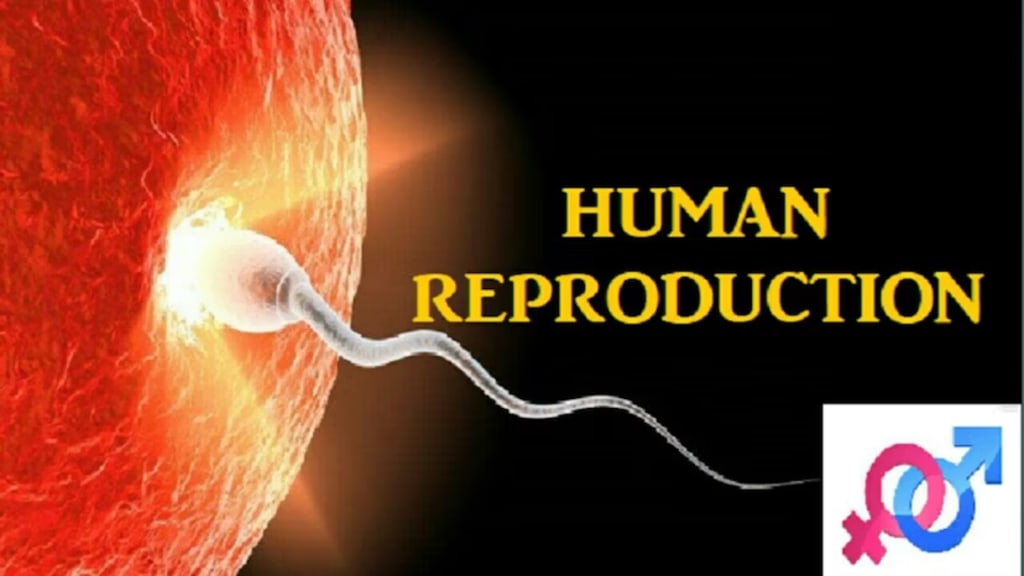Understanding the Male Reproductive System: An Essential Guide
The Male Reproductive System: A Journey of Discovery

The male reproductive system is a fascinating and essential aspect of human anatomy that plays a vital role in the continuation of the human species. In this blog, we will explore the intricacies of the male reproductive system, both external and internal, shedding light on its anatomy and functions in simple terms for a clear understanding.
1. The Male External Sex Organs:
The male external sex organs include the penis and the scrotum.
1.1 The Penis:
The penis is a dual-purpose organ that serves as a conduit for both urine and semen. It consists of three main parts: the glands, root, and body. The root attaches the penis to the body and is located in the superior pubic region.
The body of the penis contains three columns of tissue: two corpora cavernosa on the dorsal (upper) side and one corpus spongiosum on the ventral (underside) side. The corpora cavernosa are erectile tissues that fill with blood during arousal, causing the penis to become erect. This process is facilitated by deep arteries within these columns. On the other hand, the corpus spongiosum surrounds the male urethra, which is the duct through which both urine and semen pass.
At the tip of the penis lies the glans, an enlarged end of the corpus spongiosum. The glans is covered with a fold of skin called the prepuce or foreskin. In some cases, circumcision is performed to remove the foreskin.
1.2 The Scrotum:
The scrotum is a pouch-like structure made of skin and is one of the distinguishing features of the male reproductive system. It serves two crucial functions:
Protection of the Testes: The scrotum safeguards the testes, the primary male reproductive organs responsible for sperm production.
Temperature Regulation: Maintaining the right temperature is essential for the process of spermatogenesis, where sperm are produced. The scrotum is designed to keep the testes at a temperature 2-3 degrees Celsius lower than the body temperature. This lower temperature is crucial for the development of healthy sperm.
The scrotum also contains numerous blood vessels and nerves, which contribute to its sensitivity and responsiveness.
In cold temperatures, the Cremaster muscle, found in the scrotum, contracts, drawing the scrotum closer to the body. This helps to conserve heat and maintain the ideal scrotal temperature for spermatogenesis. Conversely, in warmer temperatures, the scrotum relaxes and moves away from the body to prevent overheating.
2. The Male Internal Sex Organs:
Now, let's explore the internal reproductive organs and their roles in the male reproductive system.
2.1 The Testes:
The testes, also known as testicles, are the primary male reproductive organs. They are responsible for two essential functions:
Sperm Production: The testes produce male gametes known as sperm. This process takes place within the seminiferous tubules, which are long, highly coiled structures within the testes.Hormone Secretion: The testes also secrete the male reproductive hormone testosterone. Testosterone plays a significant role in the development of male sexual characteristics and the regulation of various reproductive functions.
The testes are enclosed by two layers of protective tissue: the tunica vaginalis (an extension of the peritoneum) and the tunica albuginea, which is a thick layer made of dense connective tissue. The tunica albuginea sends septae into the testicular parenchyma, dividing it into numerous lobules. Each lobule contains multiple seminiferous tubules where sperm production occurs.
2.2 The Seminiferous Tubules:
The seminiferous tubules are vital components of the testes where the process of sperm production takes place. These highly coiled tubules are lined with three types of cells: Leydig cells, Sertoli cells, and germ cells.
Leydig Cells: Leydig cells are responsible for the production and secretion of testosterone. This hormone is critical for the development of male secondary sexual characteristics and plays a role in regulating sperm production.
Sertoli Cells: Sertoli cells are crucial for supporting and nurturing the developing germ cells. They provide an environment that allows germ cells to grow and mature into sperm.
Germ Cells: Germ cells are the immature cells that eventually differentiate and develop into sperm as they move towards the lumen (central cavity) of the seminiferous tubules.
2.3 The Epididymis:
The epididymis is a highly coiled tube-like structure located on the posterior surface of each testis. It serves as a storage and maturation site for sperm.
After sperm are produced in the seminiferous tubules, they move into the epididymis, where they undergo changes that enhance their motility and fertility. The epididymis acts as a reservoir, holding sperm until they are fully mature and ready to be ejaculated.
3. Conclusion:
The male reproductive system is a complex and intricately designed system that ensures the continuation of human life. The external sex organs, including the penis and scrotum, play crucial roles in facilitating the reproductive process, while the internal organs, such as the testes, seminiferous tubules, and epididymis, are responsible for sperm production, maturation, and transportation.
Understanding the male reproductive system is essential for comprehending human reproduction and appreciating the marvel of nature's design. By using simple language to explain the anatomy and functions, we hope to provide readers with valuable insights into this fundamental aspect of human biology. The male reproductive system's remarkable intricacies and functions represent the incredible complexity of life and the wonders of human existence.
About the Creator
Rohit Singh
Software developer, part-time content creator, and tech enthusiast.
Unleashing creativity and embracing tech. Join me on this thrilling journey! 🚀






Comments
There are no comments for this story
Be the first to respond and start the conversation.